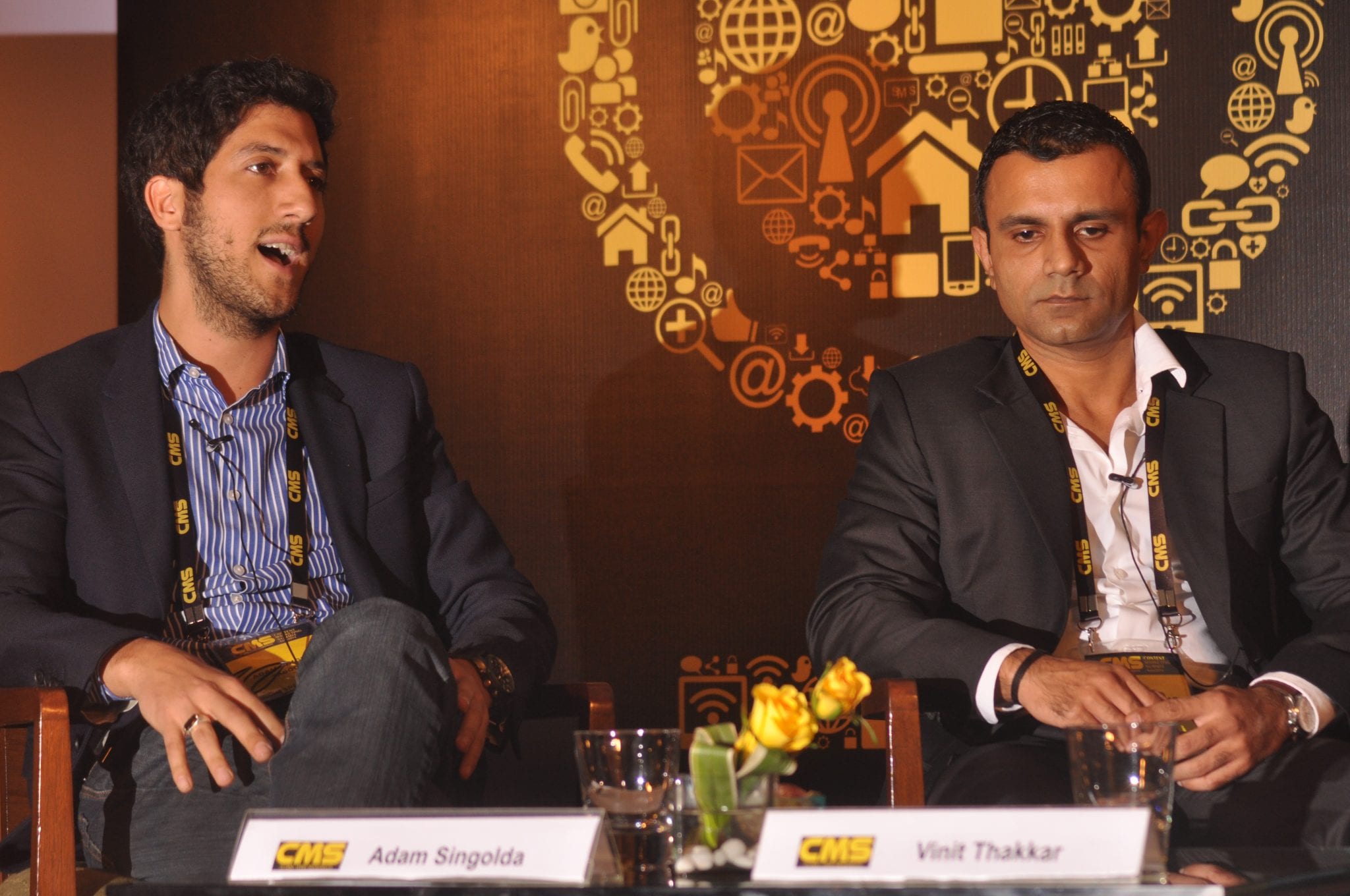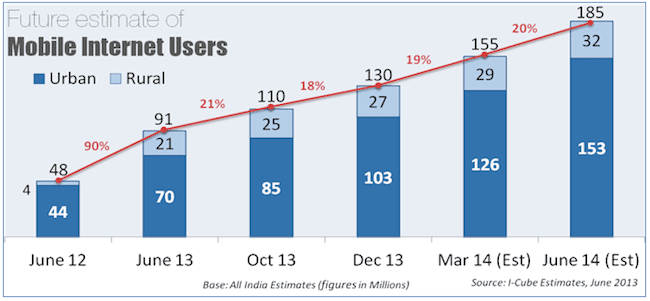As e-commerce rapidly becomes a booming trend in India, brands are beginning to shift their marketing efforts from traditional print and TV advertising to content marketing in the hopes of reaching consumers, driving traffic, and boosting sales.
At the end of January, I had the pleasure of visiting New Delhi for the country’s first Content Marketing Summit (CMS Asia) where I spoke on a panel about content marketing challenges and opportunities with Abhimanyu Radhakrishnan (Abhi), Vinit Thakkar, Sanjay Sindhwani, Diptakirti Chaudhuri, and Vinod Verma.

A few things about Indian culture quickly became apparent to me:
Mobile is growing fast
Mobile device manufacturers have found a way to offer affordable smartphones, which will help to put the Internet into the hands of many Indians. In fact, mobile Internet users will reach 155 million in India by the end of next month and 185 million by June, according to the Internet and Mobile Association of India (IAMAI) and IMRB International.
This is still a small amount given the 1.2 billion people in India. By comparison, 56% of all American adults own smartphones. If the same were true in India, that would mean nearly 700 million people would have access to the Internet. Wow.

Source: TechCircle.in
As smartphones and tablets become the primary computing devices there, marketers will have a whole slew of new opportunities to find and engage with undiscovered audiences.
Instead of paying for a print advertisement, brands can create content around products (articles, blogs, and videos) to attract new customers via mobile, an unprecedented communications platform for many Indian advertisers.
Commerce is changing
More and more Indians are shopping online due in part to new mobile Internet access and improved infrastructure. Flipkart, India’s largest e-commerce company, recently suggested that the country’s e-commerce industry may reach $70 billion by 2020.
However, buying behavior is changing also, as a growing number of Indians actually research products online before making a purchase, even if that purchase is made in a brick and mortar store.
All of these commerce changes are having a direct impact on the advertising industry there.
As an example, in an effort to connect with female consumers, Unilever developed a popular beauty blog called BeBeautiful.in using valuable and relevant content (based on search keyword data) while making their products available for consumers to check out and consider.

Source: BeBeautiful.in
Video may explode
Brands that were previously focused on TV advertising to reach consumers are now shifting their budgets towards digital video, and media agencies like Starcom MediaVest Group are recommending clients follow suit. Microsoft recently announced that video is now an integral part of their content marketing strategy, helping the software giant to connect with customers and tell interesting stories about their products.
Since video production is more affordable in India compared to the cost in Western countries and mobile video consumption will become more common over time, the medium has the potential to drive sales and alter the way customers connect with brands like never before.
In all three of the topics mentioned above, content marketing is threaded throughout, and you could feel the energy at the Content Marketing Summit as publishers, advertisers and agencies came together to talk about the opportunities.
It will be interesting to see how brands across the globe adjust to the cultural changes in India. If the growth of content marketing in the U.S. is a sign of what’s to come in the second most populous country in the world, the Indian advertising industry may be in store for big changes.
